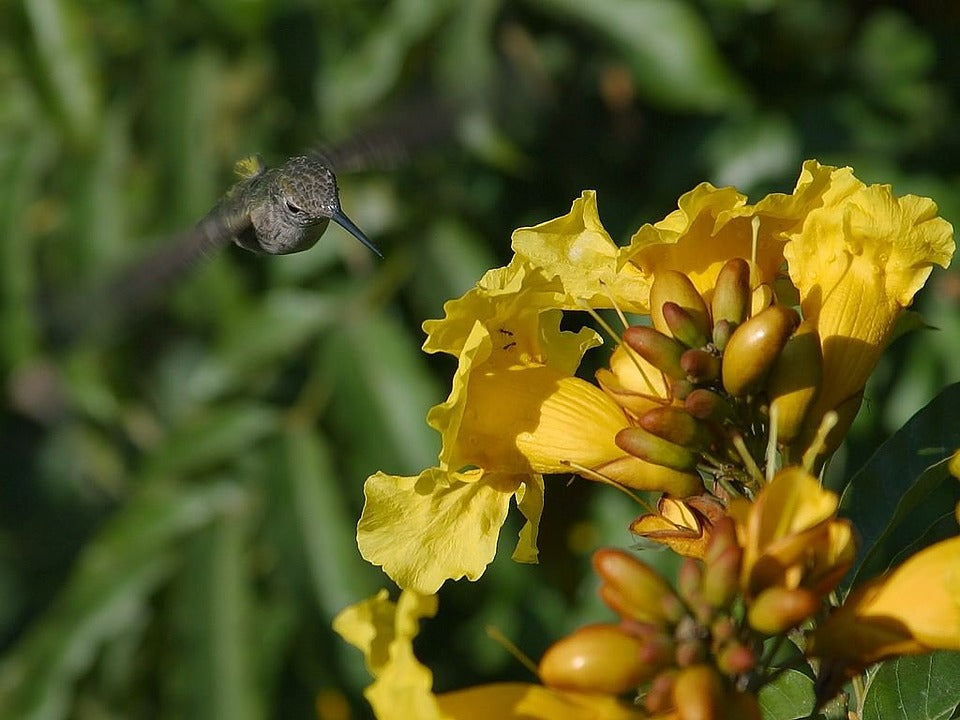Offer
Provide additional details about the offer you're running.
Provide additional details about the offer you're running.
Provide additional details about the offer you're running.

It might be a surprise to some, but these tiny birds embark on one heck of a migration, and often alone, unlike most birds that travel in flocks. There are only a select few species of hummingbirds that actually do migrate, but those that do can migrate for thousands of miles.
Backyard birders, with some special attention, can easily identify and predict the migration patterns of their backyard hummingbirds. More often than not, hummingbirds will migrate at very close to the same time each year, both leaving and arriving at your yard at quite possibly the very same time as the year previous.
There are a number of considerations considered by hummingbirds before they set out on their migration, and the number one deciding factor would have to be daylight hours. Hummingbirds will take notice when the light levels begin to change with the seasons, and because of this, they will begin to consume more food in order to put on some extra weight. This is to allow them the extra energy needed to take on their long flight.
It has also been noted that mature birds tend to set out on their migration a little earlier than juvenile birds, as the juveniles need a little bit more time to build up their strength before setting out. We have also seen that within a number of species, the males will get a head start on migration ahead of their female counterparts. It’s all about territory, and the males want to have settled in before they start courting the lovely females when the breeding season begins.
As we head into August, it is important to note the above information if you are indeed hosting hummingbirds in your backyard feeders. Be sure to keep them full as we move into the fall, and allow your hummingbirds, when need be, to stock up on food and be ready for their migration to their winter homes.
High Quality Blend